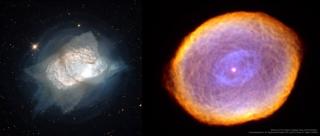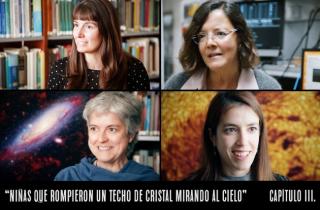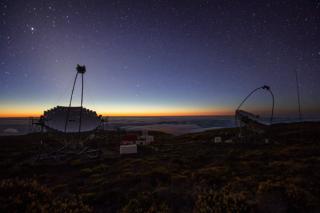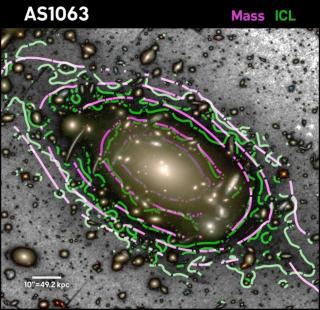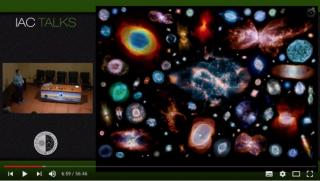
During the past 10 years important figures in the scientific world have visited the Instituto de Astrofísica de Canarias (IAC). Now you can enjoy the scientific seminars and colloquia which they gave during their visits, via the YouTube channel.
Advertised on
